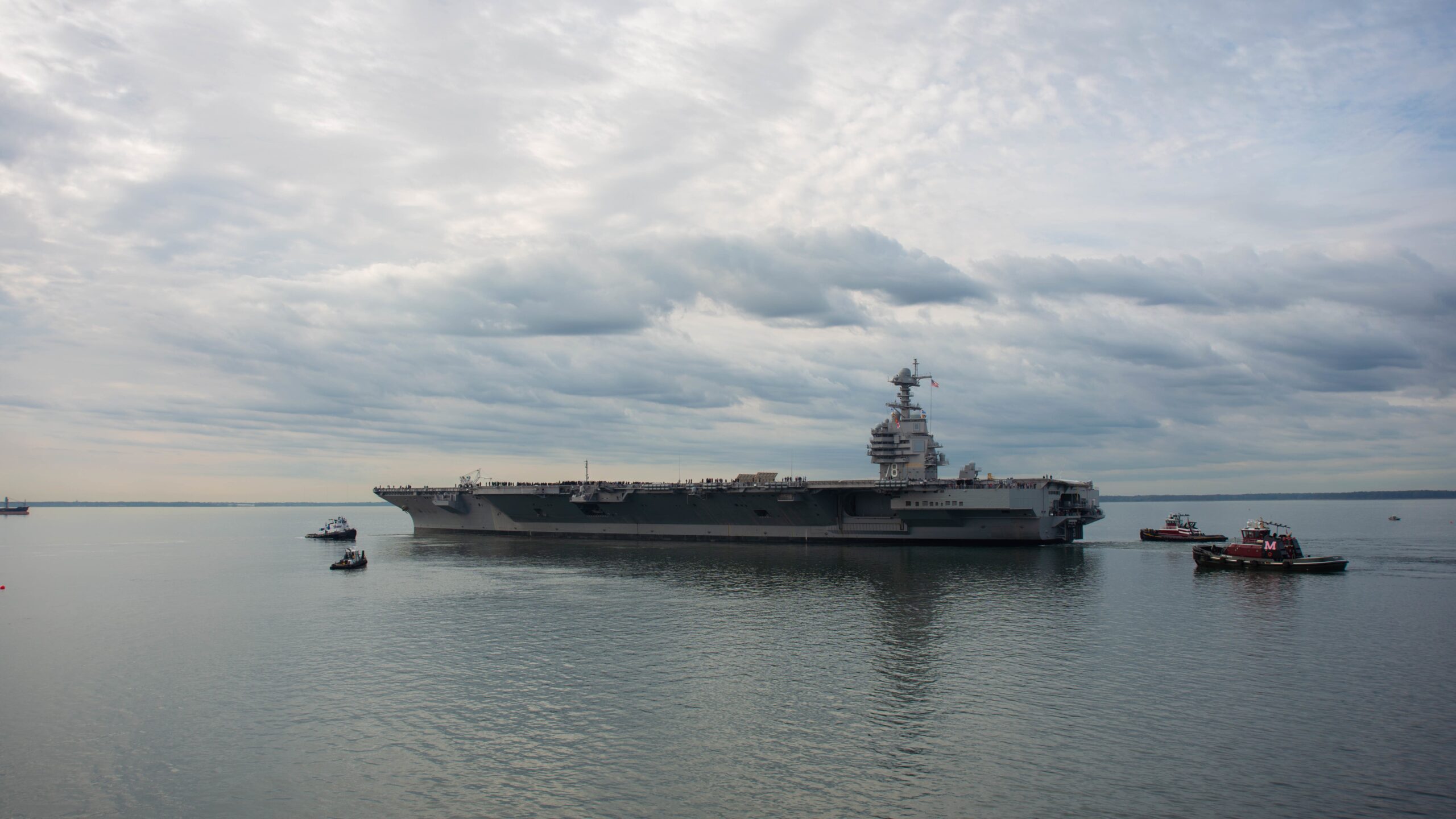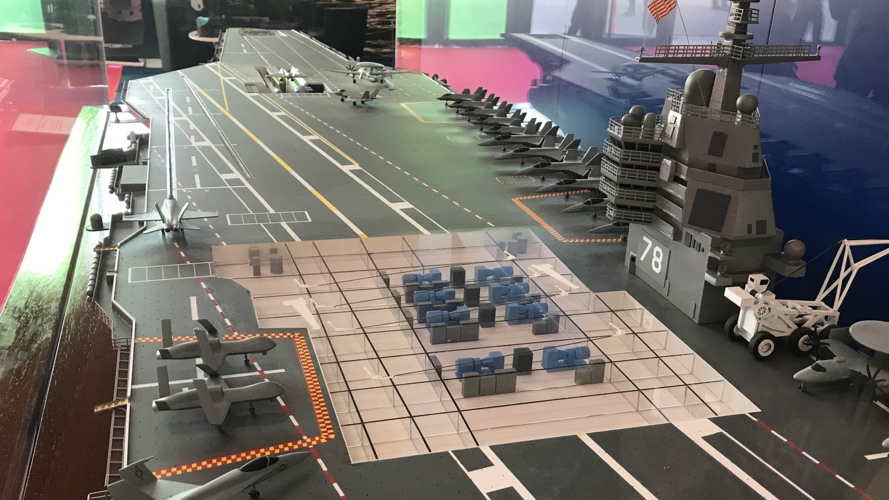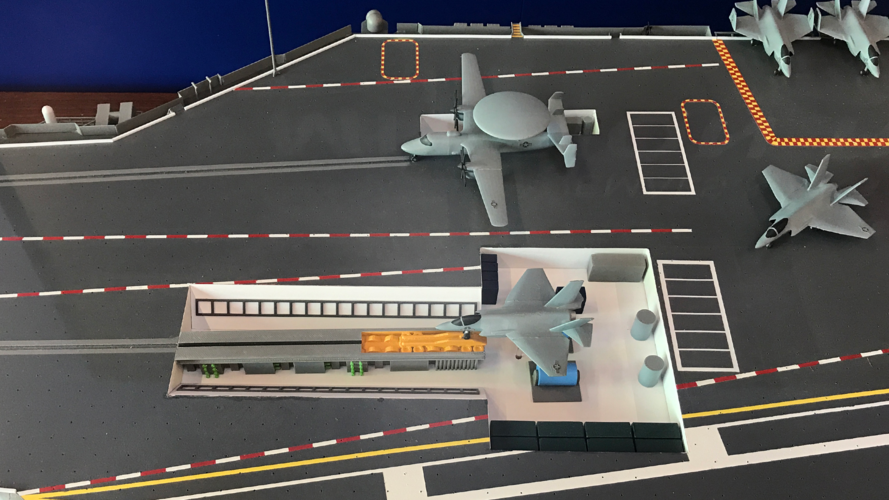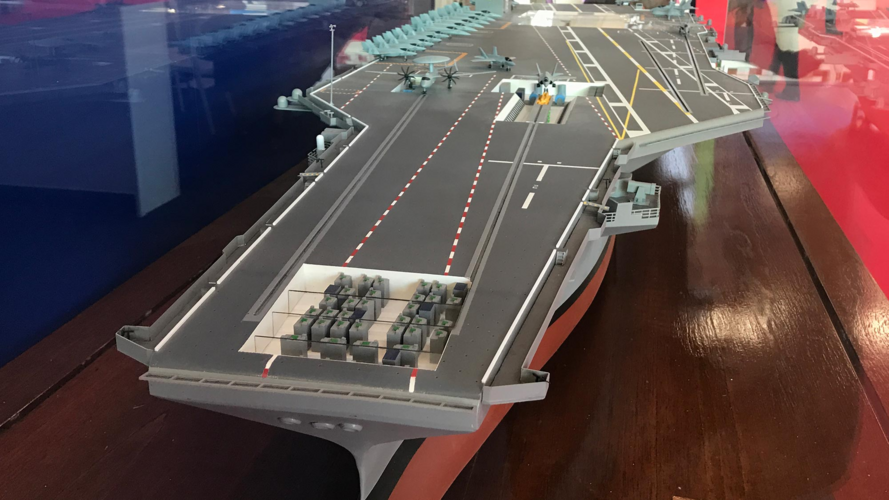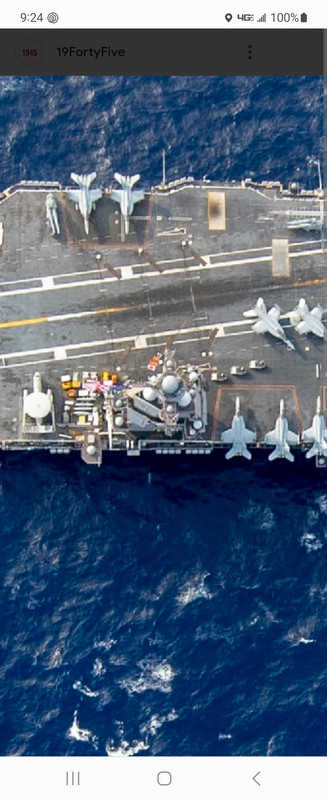X-39
To post or not to post, that is the question
- Joined
- 20 February 2021
- Messages
- 382
- Reaction score
- 928
Finally...

 breakingdefense.com
breakingdefense.com
Navy quietly declares aircraft carrier Ford operational
It's a major event for the Navy's high-profile warship, and it happened silently in December.
SEA AIR SPACE 2022: The Navy in December quietly determined the aircraft carrier Gerald R. Ford (CVN-78) had achieved initial operational capability, the program manager for the ship revealed today.
The ship is scheduled to deploy in the early fall.

Navy quietly declares aircraft carrier Ford operational - Breaking Defense
It's a major event for the Navy's high-profile warship, and it happened silently in December.

